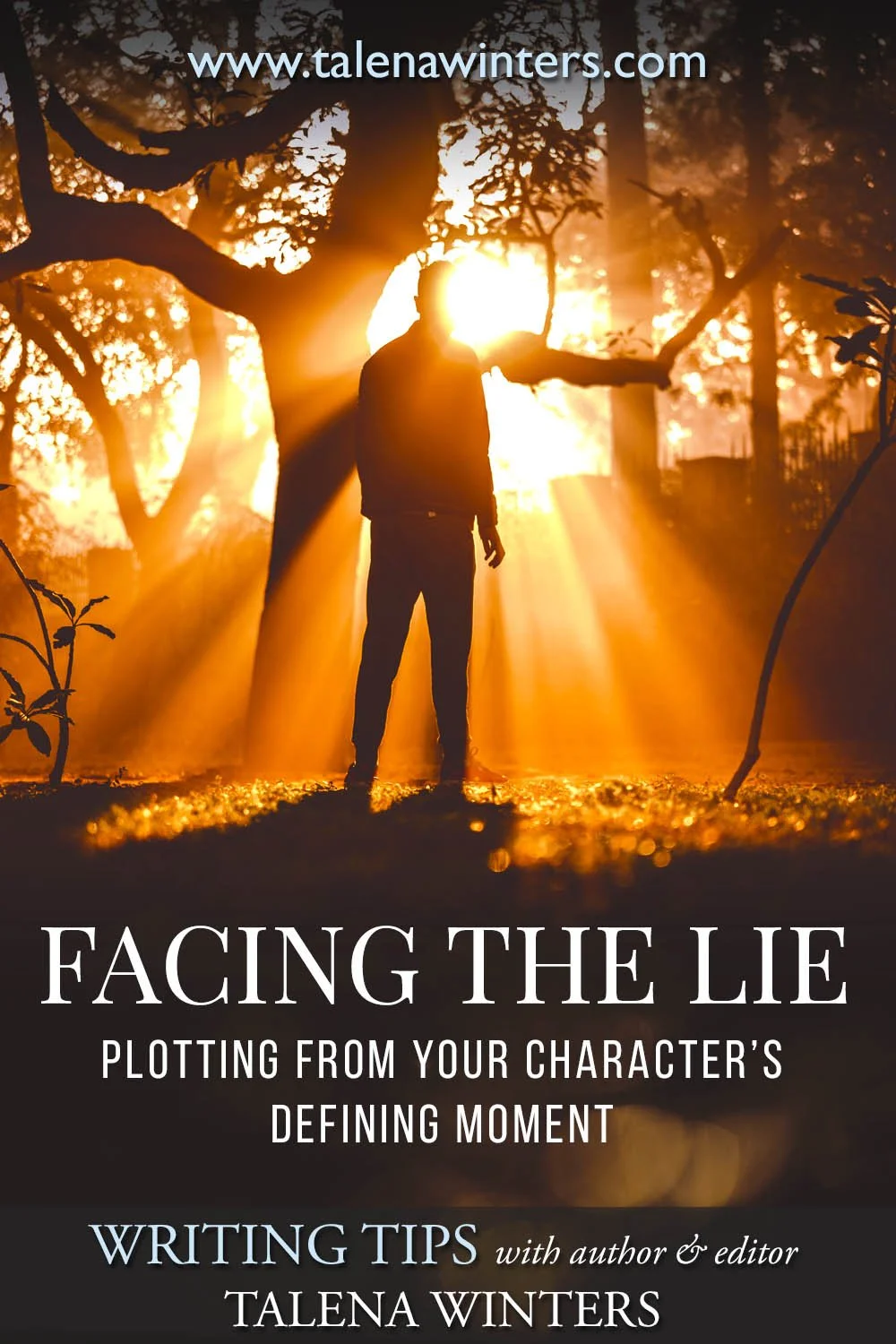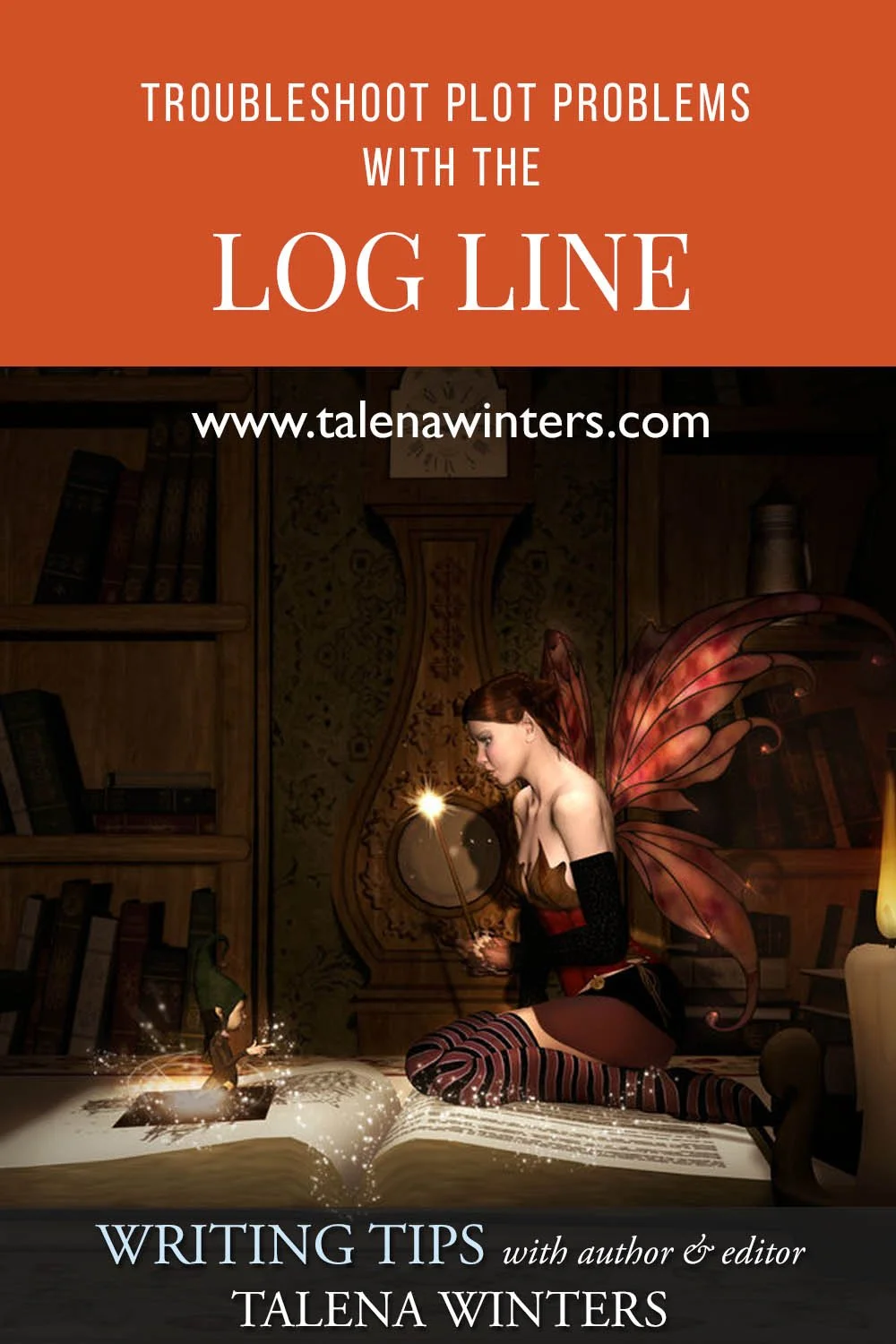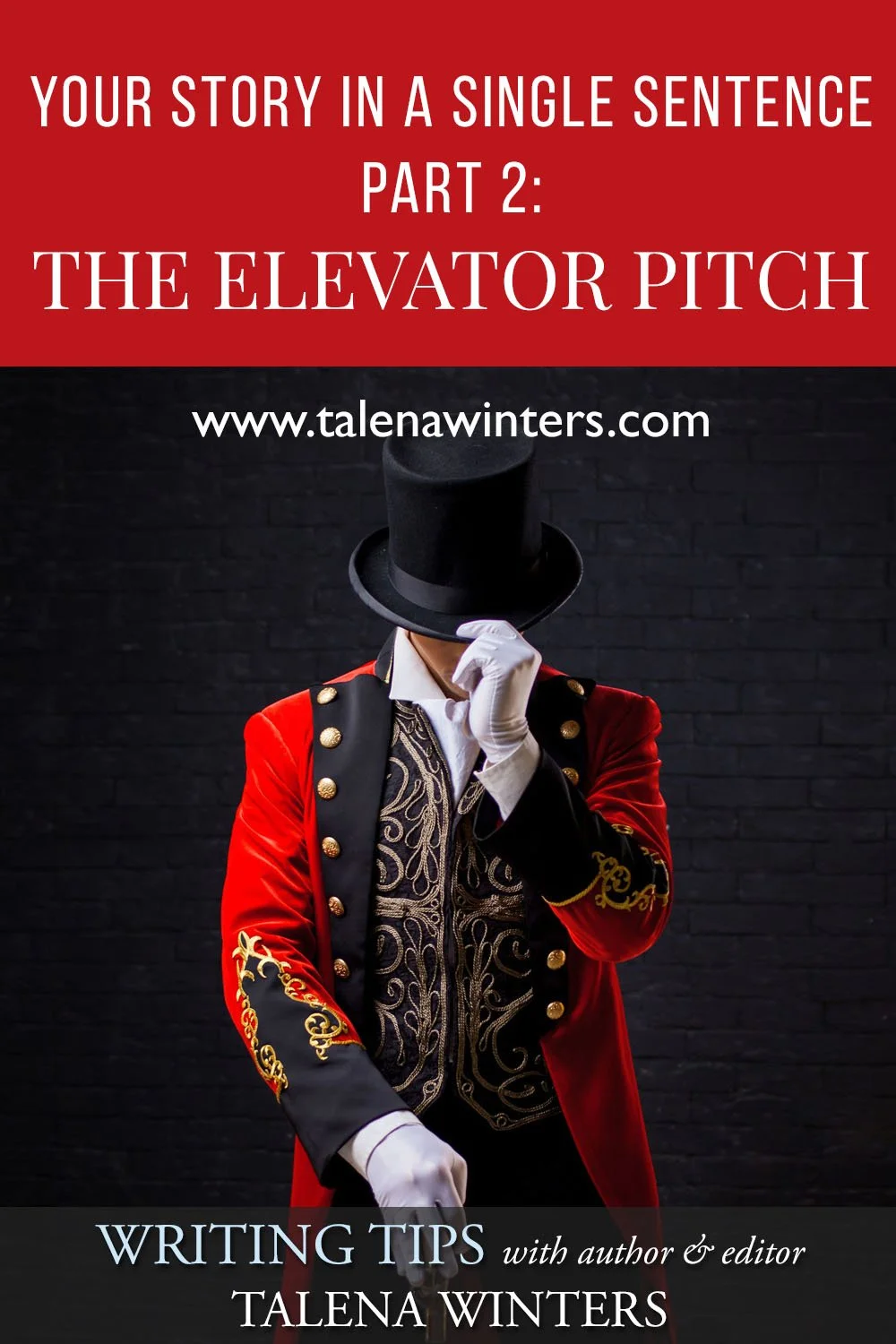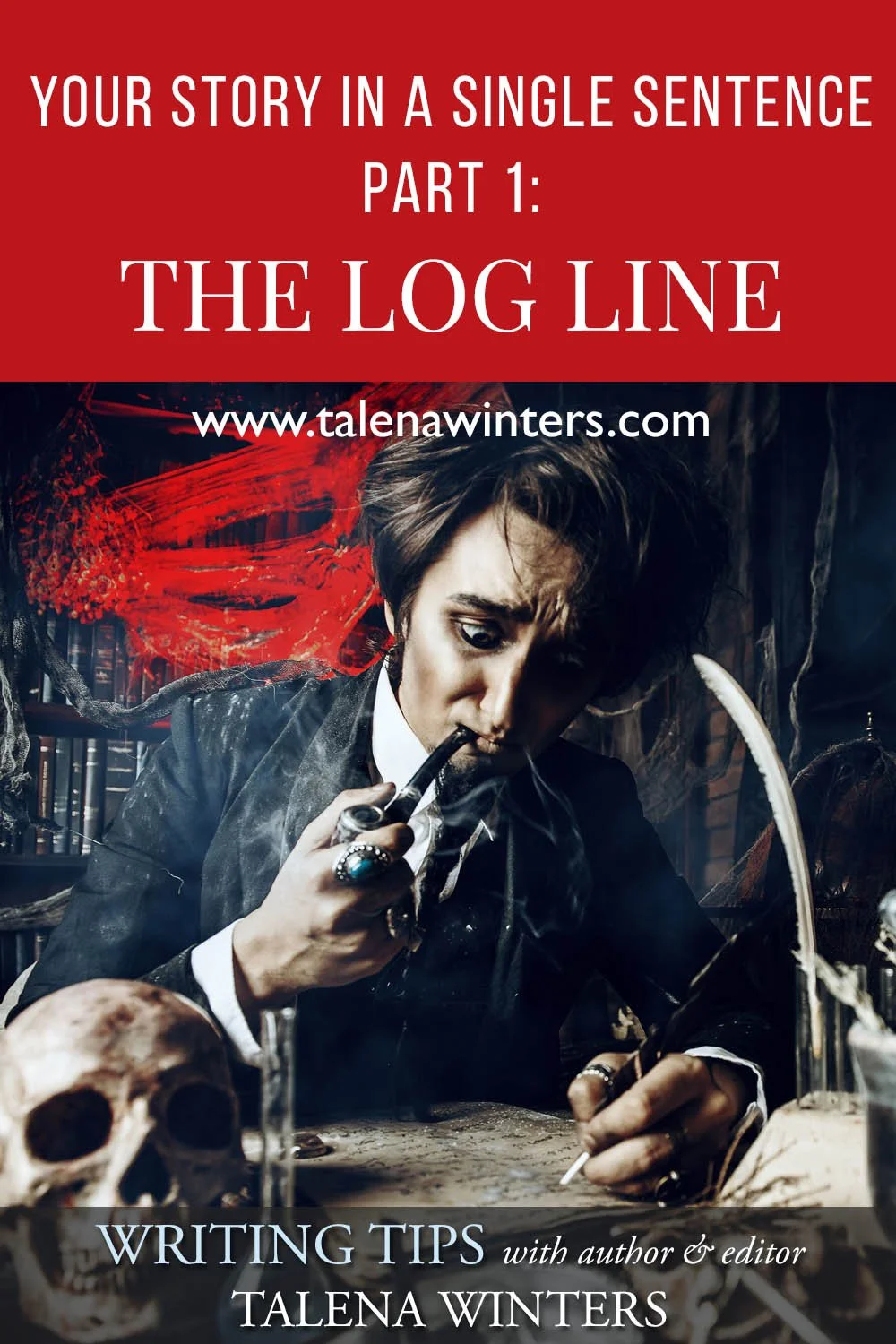Facing the Lie: Plotting from your Character's Defining Moment
In the Hero’s Journey—one way of describing the plot arc that typifies Western storytelling—there is usually a point about 3/4 of the way through the story when all seems to be lost. This is often called the Black Moment.
It is when it looks like Frodo and Sam won’t be able to make it all the way to Mount Doom to get rid of the One Ring (and Frodo no longer even wants to). It’s when Jean-Claude Van Damme is beaten to a bloody pulp and it looks like he won’t be getting up again. It’s when Moana has thrown the Heart of Te Fiti back into the Ocean and demanded it choose someone else.
It’s when your main character’s original perspective, or the Lie They Believed, seems to be the right one, and it looks like they aren’t going to make the final changes necessary in order to overcome their primary antagonist.
The Black Moment is your character’s defining moment—the point at which they must finally confront their Lie (or inner conflict) if they want to move forward and overcome their primary antagonist (or Big Boss Troublemaker—BBT, to borrow a term from Kristen Lamb).
And that is why I usually start plotting my stories here. Because once I know what happens here, I know what my primary conflicts are and what I’m working towards. Even though it happens in the last third of the story, it is the centre as far as what your character must overcome. In other words, the Black Moment is the most critical point in your story, or, said another way, it makes the point of your story obvious.
“The Black Moment is the most critical point in your story, or, said another way, it makes the point of your story obvious.”
If the Black Moment is missing, your story will be missing it’s “heart,” and readers will not have the emotional payoff that will make them love your work.
Let’s look at how you can use the Black Moment to figure out your character’s conflicts and give your plot the heart it needs.
Let’s Talk Conflicts
Each point in your plot needs to touch on your characters’ inner and outer conflicts, but different points will move each type of conflict more than the other .
Your outer conflict is the situation that forces your character to confront their Lie, or inner conflict. These two conflicts work together to propel your plot forward.
The moment when that confrontation finally happens is about 75%-90% of the way through your story. It follows what I like to call the False Final Battle, but which others often call the faux (which means the same thing, just in French, so therefore it’s fancier).
I often think of this part of the plot as three sections that happen very close together—the False Final Battle (FFB), followed immediately by the Black Moment and then the Spiritual Moment/Moment of Truth.
In the FFB, the character has confronted the BBT or a stand in (usually the BBT at this point, giving it that Final Battle feeling).
This leads to the Black Moment—which may not actually look all that “black.” The character may have been defeated, or it may look like they have won.
If the latter, the problem is that they haven’t confronted their Lie fully yet, so the battle isn’t over. In a thriller or action story, this may look like having solved a major problem in the book—the BBT may be wounded, but it is not dead or defeated. In a romance, the boy and girl may have parted amicably for very good reasons.
In Speed, all the hostages get off the bus and everyone is happy and relieved, but the main antagonist—the terrorist responsible for the hostages being there in the first place—is still at large and dangerous. And he has a few more tricks up his sleeve.
In Like Father, a story about a workaholic woman who gets left at the altar and must bond with her estranged father on the honeymoon cruise, it looks like Kelsey Grammar and Kristen Bell have patched things up—but in the Black Moment, Kristen chooses to go home and back to work (embracing her Lie) rather than go to her father’s to help him move when he really needs it (following in the same patterns as when their relationship was broken).
The Spiritual Moment/Moment of Truth is when they finally recognize the Lie for what it is. (I often call it the Spiritual Moment because it is often facilitated by a mentor character and frequently has a spiritual element to it, because the character is finally seeing the Truth for the first time.)
At this point, they now have the knowledge they need to confront the BBT again. They have still not fully embraced the Truth, but they have begun to reject the Lie. If they choose to change, they fully embrace the Truth in the Final Battle, which is what gives them the ability to win. (Unless they reject the Truth and lose.)
False Final Battle - encounter BBT, usually lose, but sometimes “win,” creates conditions for Black Moment
Black Moment - the Lie they originally believed seems correct
Spiritual Moment/Moment of Truth - they recognize the Lie for what it is and feel ready to tackle the BBT again.
How To Use This:
Because the Black/Spiritual Moment is such a crucial part of the plot for both inner and outer conflicts, it is often the place I will begin when I am starting to plot a fiction story. I may have a vague idea of what my character’s conflicts are, but once I get this scene solid in my head, I know where I’m going with the plot and it makes everything before it much easier to work out—and a lot easier to create a Log Line to keep me on track throughout.
Here’s what you need to ask yourself to figure this moment out:
What is the Lie my character(s) believe that will prevent them from overcoming the BBT?
What do they need to learn in order to defeat the BBT?
Who do they need to become in order to defeat the BBT?
What Truth do they need to discover in order to defeat the BBT? (This would be for the Spiritual Moment, but sometimes figuring this out first helps you figure out what your character’s Lie is.)
What gets in the way of them overcoming the BBT?
As you can see, these are all just different ways of asking the same question, but depending on your genre, you might need these different perspectives to figure out how to apply this to your plot.
Notice that the question involves both the inner conflict (character change) and outer conflict (BBT).
Once those two things are figured out, you will know what your plot is about. And then you can figure out all the ways before that moment that the BBT pushes your character’s buttons and forces them to bump up against their Lie.
Plotting from the Black Moment:
Using 5 Point Plot Structure (click to download my free resource for this plotting framework), here are the ways you can use this knowledge once you figure it out:
Set up the character’s Normal World and the Lie they believe. Introduce the BBT, which challenges the Lie. Because of the Lie, the character refuses to accept the challenge at first (usually), but then something happens that will no longer allow them to turn away, so they decide to Accept the Challenge of the BBT. (They are not aware that they will need to confront their Lie to do this.)
In the Rising Tension section after the challenge has been accepted (up to about 40% of the way through the book), they think the BBT will be easy to overcome until scenarios occur which again challenge the character’s Lie, and then they realize what they are truly up against—the BBT will not go down easily.
In the Midpoint Climax, the character makes a great deal of progress against the BBT (moving significantly closer to their goal) and often receives information that presents their Lie in a new light, but they are still not willing to change. However, the victory or new information in this climax creates conditions which allows them to soften towards change. This is followed by a season of Learning/Training/Bonding, in which the character acquires the skills and knowledge they will need to overcome the BBT, and this often helps them see their Lie differently. They begin thinking that maybe they were wrong all along, and their Lie isn’t worth holding on to. They also feel ready to encounter the BBT and go ahead and attack (leading to the False Final Battle).
At about 75%-90% of the story, that FFB is over and we have our Black/Spiritual Moment. This is when it all comes to a head. They probably lost against the BBT, but it might look like they have won—except they haven’t, because they haven’t rejected their Lie. In fact, for a while, it looks like they have embraced it fully again. All is lost. (Thus the black part of Black Moment.) Then they see their Lie for what it is—usually with someone’s help. They recognize it as a Lie.
In the Final Battle, they finally know what they need to know to encounter the BBT and overcome them—almost. Their final battle with the BBT usually throws their Lie back in their face one last time to see if they really have changed. This usually looks like some final twist that the BBT pulls out, the “card up their sleeve,” which tempts the character to turn back towards the Lie. This is where they either accept the Lie or reject it completely and overcome the BBT. If they accept their Lie again, we have an unsatisfying ending. If they reject it and embrace the Truth, we have a satisfying one.
Do you see how your plot all rides on understanding the elements of the Black Moment?
The Lie (inner conflict) and your primary antagonist/BBT (outer conflict) play Pig-in-the-Middle with your character throughout your plot until the character finally makes the choice to accept the Truth that overthrows them both.
“The Lie and your primary antagonist/BBT are the two conflicts that play Pig-in-the-Middle with your character throughout your plot until the character finally makes the choice to accept the Truth that overthrows them both.”
By understanding your character's defining moment, you can come up with better ideas to get them to that moment, avoid Swampy Middle Syndrome, and give your readers the emotional payoff that will keep them coming back for more.
Happy writing!
Talena Winters is a freelance developmental editor, independent author, magazine writer, and tea and silver lining addict. She specializes in helping struggling self-published fiction and memoir authors unlock their inner writing wizards and unleash story magic. See her editing services here.








In this first post in the “Strong Beginnings” series, we’ll explore the promises made in a compelling first act that engross your reader so completely they don’t stop reading until they get all the way to the satisfying conclusion of your story.